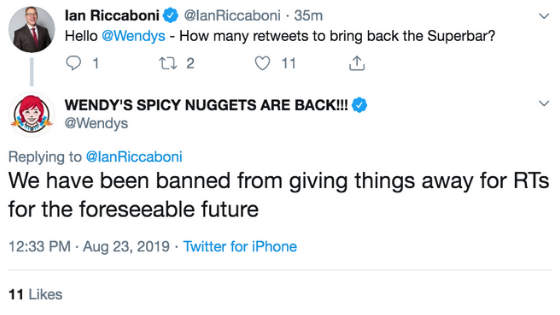When it comes to social media, do you feel like you’re treading water and going nowhere? Welcome to the club. Most small businesses feel this way at some point. Social media is a noisy place and it’s hard to know if what you’re doing is working.
That’s why we’ve put together these 5 steps so that you can start promoting your small business on social media more efficiently. Now let’s dive in.

Step 1: Identify Your Target Market Who do you want to reach? Current customers? New customers? Start making a list of your ideal customers and then expand on it, getting into more detail so that you can a) find them on social media and b) figure out what kind of content will resonate with them. What are their demographics? Are they younger or older? Where do they shop? What are their lifestyle interests?If you’re stuck on finding this information there are a few things you can do. First, you can pull up your customer database then do a little bit of research online. Second, you can ask your clients for this information in-person or do a survey by email. It’s worth the investment because you can use this information for other digital marketing activities as well.
Step 2: Choose 1-3 Social Media Platforms When you’re choosing a social media platform, it’s important to consider how much time you have. You don’t want to spread yourself thin and make things harder for yourself. Some questions to ask yourself are things like “What can I realistically manage?” “How much time do I have each week to devote to this channel? 30 minutes or 2 hours?” Asking yourself these questions will help you narrow down what channels you have time for (for example, Twitter is the most time consuming channel so if you only have 30 minutes, Facebook or Instagram could be a better option).
Before landing on a channel, go back to step one and consider your target market’s demographics as well. If the majority of your target market is over 60 years old, you’d be better off focusing on Facebook than Snapchat, which has a much younger user base. Here’s a digest of each channel’s demographic for more information.
Step 3: Decide What Your Tone and Style Will Be If there’s one thing you take away from this blog post, let it be that social media is social. Imagine your brand as a person so that you can comfortably have conversations with your customers online and avoid being too promotion heavy. What would your brand say as a person? How would they speak? What would their tone be? Let those answers guide you when you’re creating content so that you’re talking to people rather than at them.

Caption: Wendy’s has done a great job at owning their conversational style on Twitter. Source: Wendy’s on Twitter.
Step 4: Create Engaging Content Creating engaging content can be a struggle for any small business so we’ve put together a handful of ideas to borrow from. Since Facebook and Instagram’s platform has changed a lot in the last year, we included ideas that’ll prompt commenting, which will help your engagement. Something to note: we always recommend testing ideas out. What works for one business may not work for another.
- Contests and giveaways
- Behind-the-scenes look at your business
- User generated content (reposting what others have posted about you)
- Feature members of your team (faces usually perform pretty well)
- Poll your audience or do a quiz
- Shout-out to other businesses in your neighbourhood and “friends”
- Quotes and testimonials from customers or clients

Caption: Featuring members of your team show the ‘real you’ behind the brand (and builds morale!) Source: cheerfullymade on Instagram.
Step 5: Create Friendly Partnerships With Other Local Organizations In the early days of Camp Tech we used this strategy to grow our presence. The idea is, you make a list of organizations that target the same kind of customer you do, who aren’t in direct competition to you. Then you reach out and see if they’re interested in cross promoting on social media and if so, send over some copy about upcoming promotions or events. You’d be surprised at how many local businesses and organizations may be interested!
Was this helpful?
Not what you were looking for? Let us know.